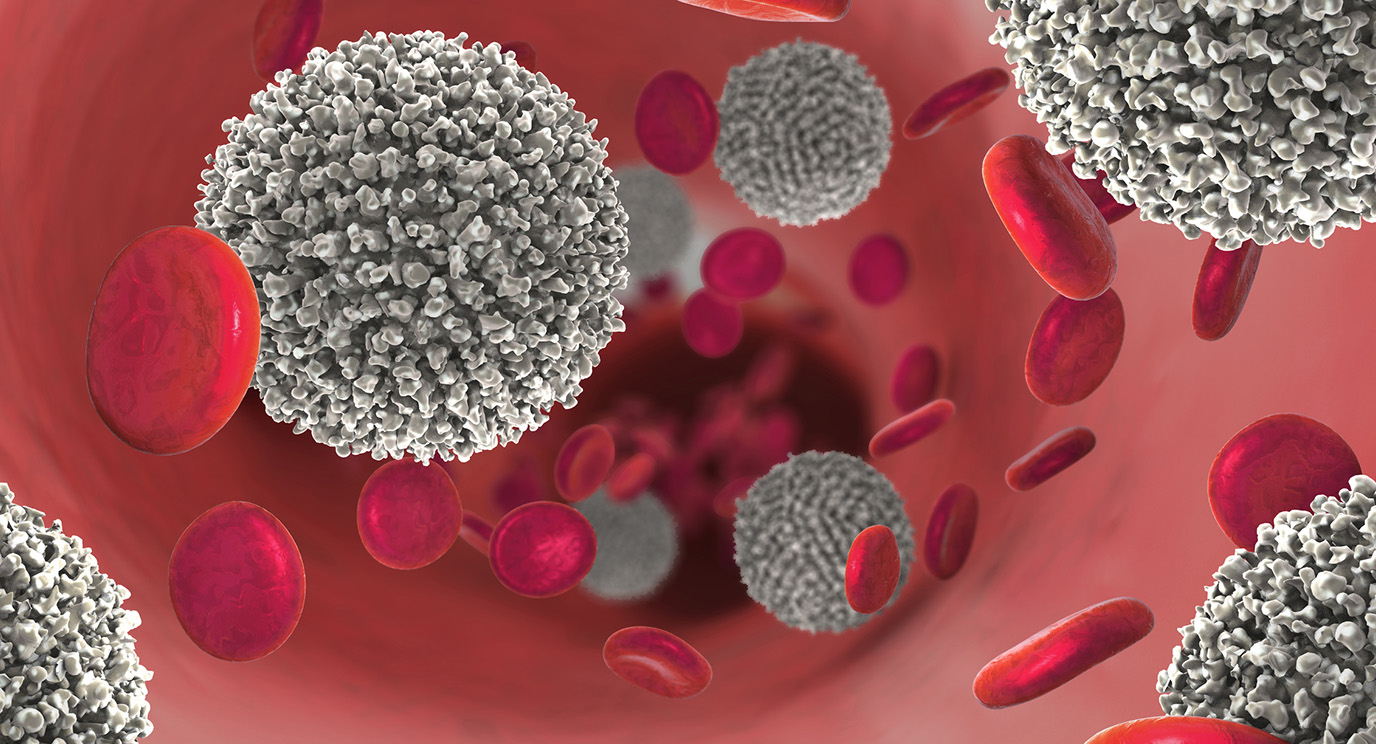Leukemia: Understanding Symptoms, Causes, Diagnosis, and Treatment
1. Symptoms:
- Fatigue and Weakness: Persistent tiredness and weakness are common symptoms.
- Frequent Infections: Weakened immune system leads to recurrent infections.
- Unexplained Weight Loss: Rapid weight loss without apparent cause.
- Bruising and Bleeding: Easy bruising and prolonged bleeding.
- Swollen Lymph Nodes: Enlargement of lymph nodes in the neck, armpit, or groin.
- Joint or Bone Pain: Pain in the bones or joints without obvious injury.
- Pale or Sallow Skin: Due to reduced red blood cell production.
2. Causes:
- Genetic Predisposition: Some forms of leukemia have a genetic component.
- Exposure to Radiation: High levels of radiation may increase the risk.
- Chemical Exposure: Certain chemicals, like benzene, are linked to leukemia.
- Previous Chemotherapy: Some cancer treatments may increase the risk.
- Down Syndrome: Individuals with Down syndrome have a higher risk.
3. Diagnosis:
- Blood Tests: Abnormal blood cell counts and morphology may indicate leukemia.
- Bone Marrow Biopsy: A sample is taken from the bone marrow for examination.
- Imaging Studies: X-rays or CT scans to assess organ involvement.
- Cytogenetic Analysis: Examining the chromosomes for abnormalities.
4. Treatment:
- Chemotherapy: Administration of drugs to kill cancer cells or impede their growth.
- Radiation Therapy: Targeted radiation to destroy leukemia cells.
- Stem Cell Transplant: Replacing diseased bone marrow with healthy stem cells.
- Targeted Therapy: Medications targeting specific leukemia cells.
- Immunotherapy: Boosting the body’s immune system to fight leukemia.
Understanding the symptoms, causes, diagnosis, and treatment options for leukemia is crucial for early detection and effective management. If any symptoms are observed or risk factors are present, consulting with a healthcare professional is essential for proper evaluation and personalized care.
